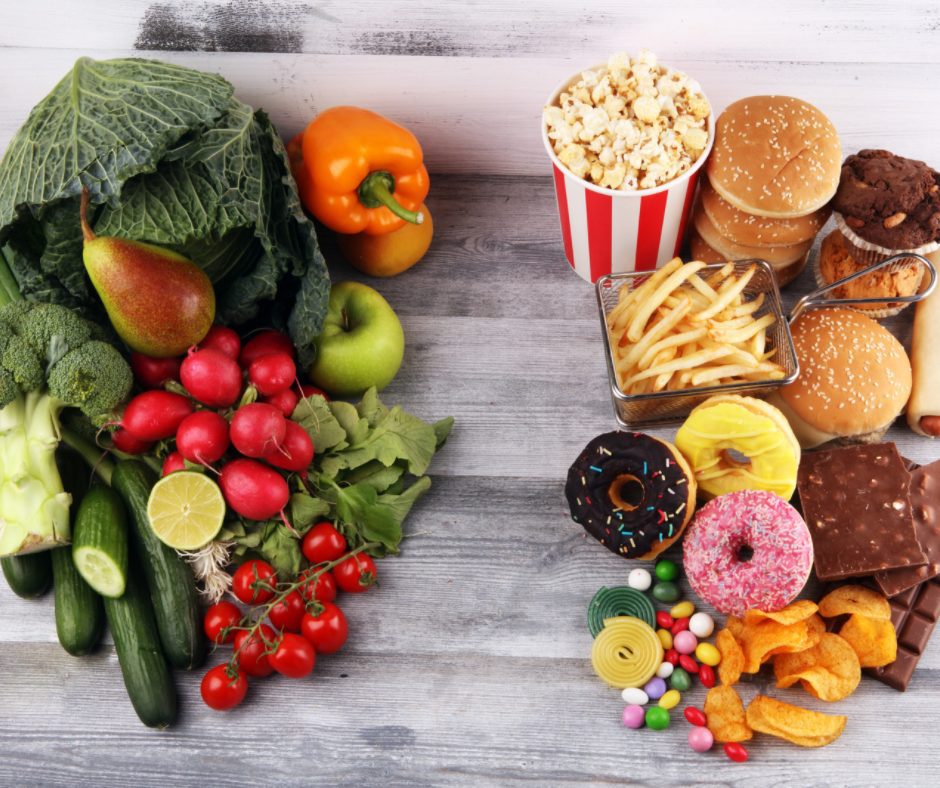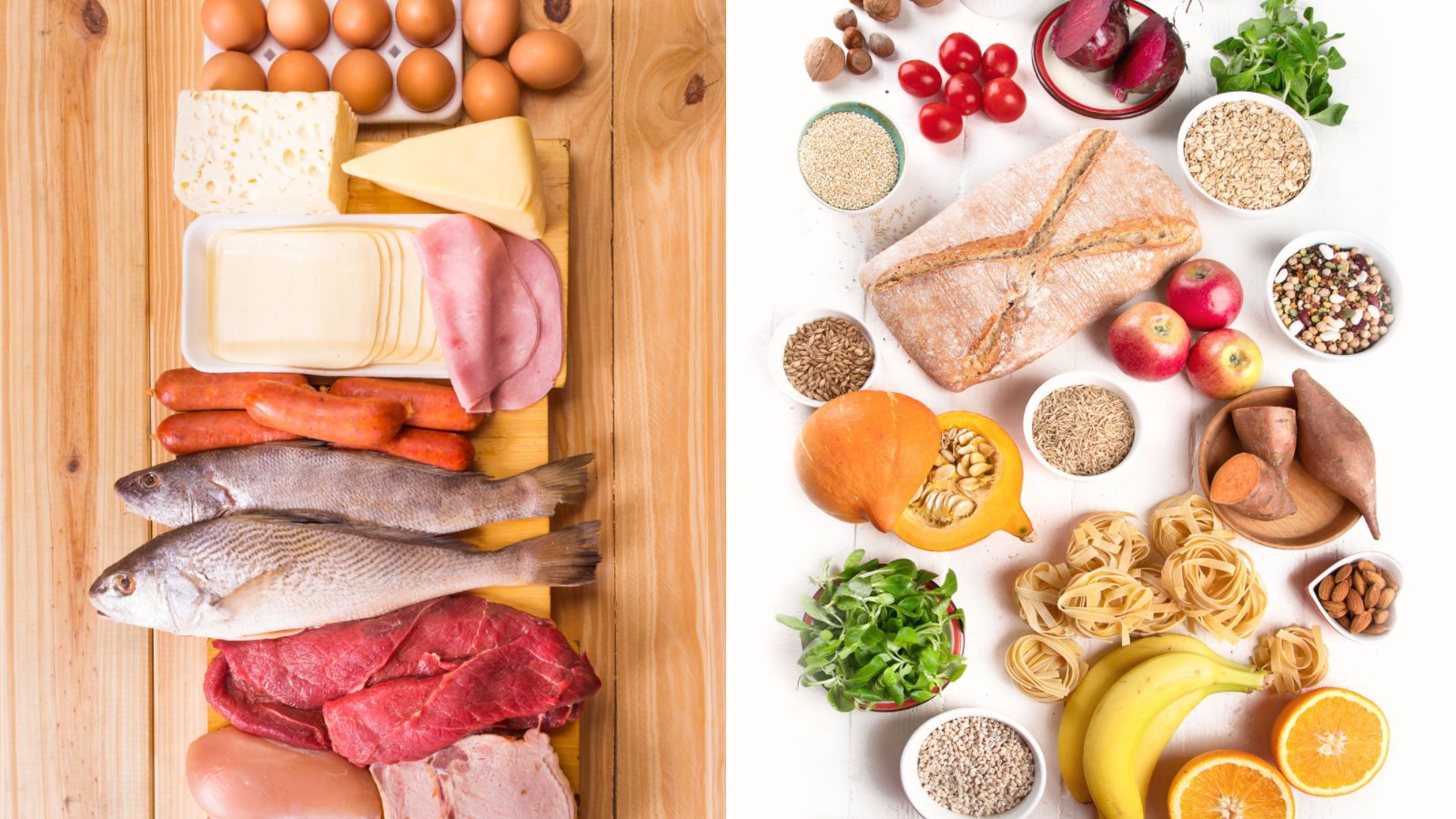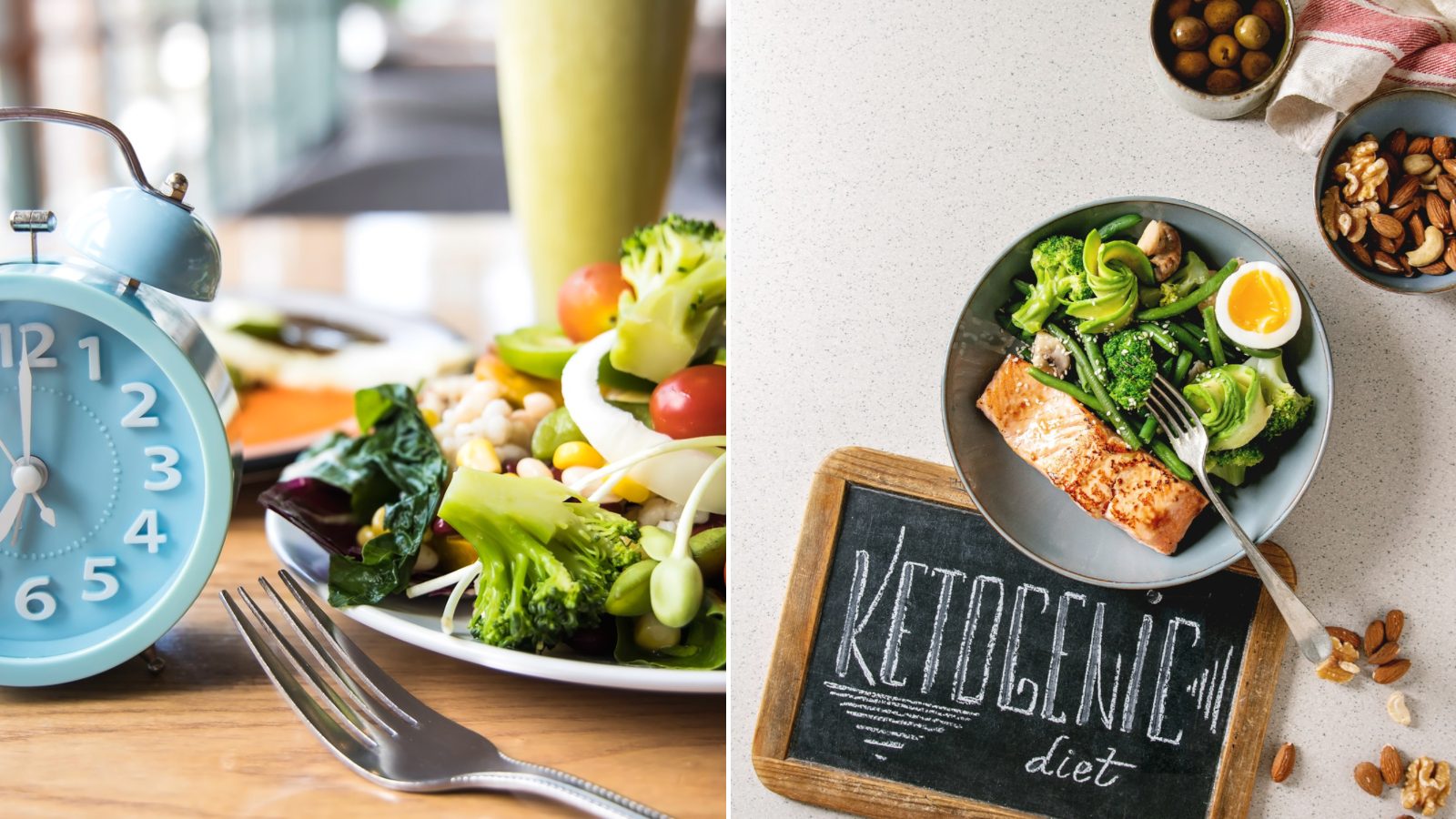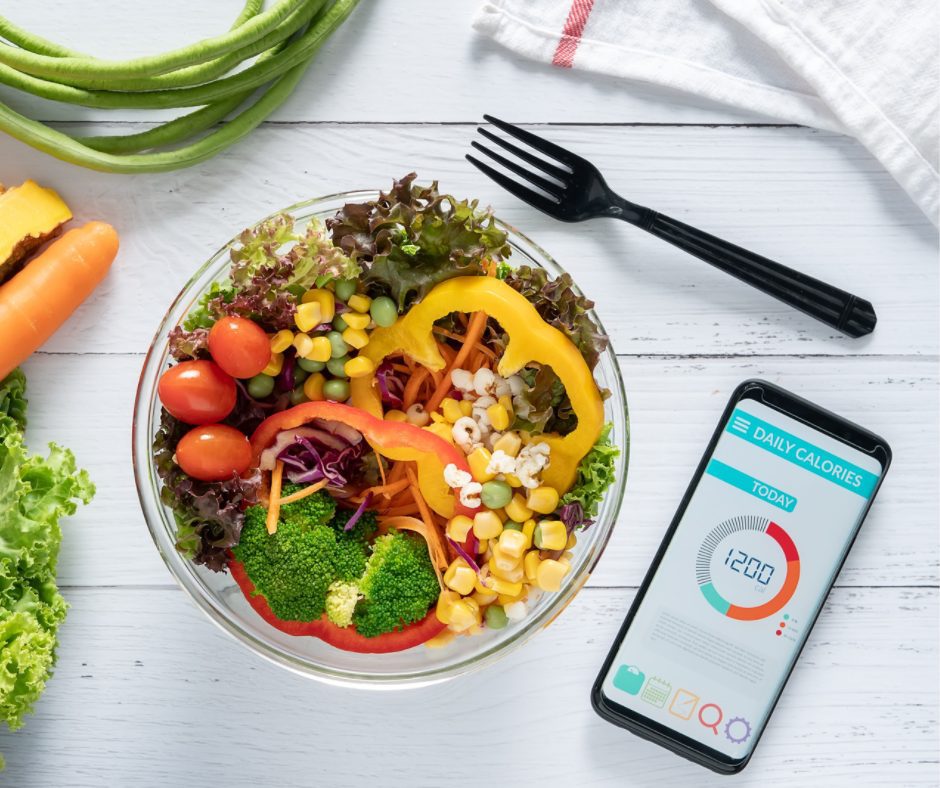
The best online fitness resource you'll ever need. We filter out the BS to ensure you meet your health and fitness goals!

The best online fitness resource you'll ever need. We filter out the BS to ensure you meet your health and fitness goals!

The 40/40/20 diet is a flexible approach to macronutrient dieting that fits any goal you may have. Be it weight management, general fitness, or physique. It gives you the ability to work towards your goals without restricting the foods you love. It’s been adopted by both weightlifters and weight loss chasers for years and may well be the gift you need to help you meet your goals.
As everyone knows there are a thousand different diets out there that cater to many different goal physiques. Some diets like to hone specifically in on macronutrients such as carnivore and keto, whilst others are time restrictive but flexible on the food groups, such as intermittent fasting. The thought of being heavily restrictive on what or when you eat can turn some people off from looking into any diet or fitness goal. But there is one eating habit that can be a good entry point, or maybe even a flexible plan for life: the 40/40/20 diet.
Let’s delve in a little further into this diet and learn how to incorporate it into your life.
If It Fits Your Macros, or macronutrient dieting, is an approach to dieting that doesn’t focus on the foods you eat so much as the composition of that food in relation to its macronutrient. Macronutrients are the nutrients we need in larger quantities compared to, well, micronutrients. Which we need less of daily. Where you may be able to take a multivitamin to meet your micronutrient goal, you need whole meals to meet your macronutrient goals.
You may be more familiar with the actual macronutrients than the name itself. Macros are protein, carbohydrates, and fats.

Proteins are made up of amino acids and form the very basis of the human body itself. Proteins make up everything from the tiniest cell to the largest muscle. The body struggles to synthesis amino acids, proteins, themselves and relies on dietary protein intake to support that need. Popular protein-heavy foods are typically meats, such as chicken, fish, and steak. But you can also obtain protein on a vegetarian diet through chickpeas, lentils, and tofu to name a few.
Carbohydrates are more commonly known as glucose or sugar. The stored version of it is called glycogen and essentially provides a very convenient energy source for the body during activity. There are many sources of dietary carbohydrates from bread and rice to vegetables.
Fats have been given some bad press in the past but it’s incredibly important for the body. It helps you absorb vitamins and is important for hormone regulation. The body can survive without dietary carbohydrates, but it can’t survive without fat. Believe it or not! For long-term health, it’s best to ensure you’re consuming a good source of fats such as monounsaturated and polyunsaturated. You can get these through certain oils, or avocados and nuts.
The name of the diet, 40/40/20, speaks to the division of macronutrients as a part of your diet. 40% protein, 40% carbohydrate, and 20% fat. It’s essentially a very easy way to build a diet. We mentioned the flexible part earlier. The 40/40/20 diet gives you permission to eat whatever you like, so long as at the end of the day, your breakdown of food equals 40/40/20 for proteins, carbs, and fats.
IIFYM, If It Fits Your Macros, adopts a similar position. However, they have various macro splits. 40/40/20 is simply one that you stick to regardless of the goal. 40%, 40% and 20%.
The caveat, though? Your calories are restricted. Based on your goals.
Most people look for a diet specifically because they have a goal to lose weight. There are other reasons, sure. Some people are looking to cultivate muscle mass. Some have specific health drivers. Others may need to make weight for their sport. But most search the internet for the next best diet because they are looking for something that will help them shift weight in the form of body fat.
It’s an admirable goal. Whilst body fat in isolation isn’t ‘bad’, an excess of it can be life-altering and comes with its own specific health risks. And there are thousands of diets, which we’ve mentioned before, that are supposed to be the superior fat loss diet around. Some have been around for years. And some, usually advertised by social media influencers, have been around for mere minutes.
The one thing all these diets have in common though is that they put the dieter into a calorie deficit.
A calorie deficit is the only way to shift that stubborn belly fat. For body fat itself is the product of excess calories consumed, compared to the amount of activity that a person takes part in every day. It’s stored energy. The body needs energy from food. It expends energy during activity. And when it’s presented with more than it needs it puts some of it away for later use.
All popular diets do is put the dieter into a situation where their body is forced to use that stored energy, and over time it begins to reduce.
A ketogenic diet removes most of the carbohydrates someone would normally eat from their eating habits. Limiting such a large food source limits their choice of calories. Relying mostly on protein and fats for food. Protein is satiating. It keeps you fuller for longer. Less desire to eat means fewer calories consumed.
Intermittent fasting has the same effect. Except it limits the amount of time in the day one can eat. Creating eating windows of varying sizes from 8 to 4 hours means you just can’t fit a lot of food into the day. Also, removing the habit of 3 square meals a day alters when the body is normally hungry. Hunger is in part down to habit. When you think you’re hungry you’re actually not. You’re just used to being hungry, so you feel it. Reducing the time you have to eat, and removing your usual hunger cues, results in a calorie deficit. Resulting in body fat loss.
The 40/40/20 diet, however, puts the onus on you to decide what your calorie deficit is.

The body operates on many metabolic processes. All of which burn calories. Some days your body will burn more calories when you are more active. And fewer calories when you are more sedentary. But it’s always burning calories.
You may think that this would make figuring out your calorie deficit a bit of a chore, but it’s actually fairly simple. It’s possible to make an estimate based on your current age, weight, and height. Just taking this small amount of information we can estimate your sedentary maintenance calories. As all of these things dictate how many calories your body needs on average to get you through the day. Known as your Total Daily Energy Expenditure.
There are several formulas that people use, but to make it simple you can just use a TDEE Calculator online.
Once you have this number, it’s simply a case of reducing that number by 500 calories.
So, for example, if your estimated daily expenditure is 2500 calories. Your weight loss calories would be 2000.
2000 calories consumed every day would net your body fat loss over time. There have been discussions throughout the years on just how much body fat a person can lose based on their calorie deficits. What’s important to know is that not everyone metabolizes food and calories in the same way. But there have been estimates and averages curated. The common belief, although not completely agreed upon, is that 1lb of fat equates to 3500 calories. Therefore, if you were to put yourself on a 500 calorie deficit each day you could theoretically lose 1lb of fat a week. It’s not a guarantee, and there are other fluctuations that make up the weight you see on a scale each day. But it’s a useful thing to be aware of.
Once you’ve figured out your maintenance calories and have decided whether it’s weight loss or weight gain for you, it’s up to you to start building your 40/40/20 diet and figuring out how many calories each macronutrient will cost you.
Protein and carbs each come to 4 calories per gram. With fat producing 9 calories per gram. With this information, we can estimate that your diet would be made up of 800 calories of protein, 800 calories from carbs, and 400 calories from fats. Or 200gs protein, 200 grams of carbs, and 45gs of fat.
Might seem a little confusing to get there but once you are, you now know exactly how much of each macro you need to eat every day to lose weight.
The big question of course. What to eat on the 40/40/20 diet?
Literally, you can eat whatever you like. Enjoy some take-out. Enjoy what you would normally class as a ‘cheat’ meal on any other diet. Have it every single day. So long as the calories and macros are met you will see results.
However, it’s important to remember that even though you can eat whatever you like you probably should be measured and considerate about the food you are eating. Make sure your meals are as balanced as possible. Good lean protein, good fats, enough vegetables. Not too much-processed foods or too much sugar. Food in isolation is not ‘bad’. But too much of certain things like sugar can lead to potential issues along the way.
Processed foods still cause some problems down the road if enjoyed in excess, even on a caloric restrictive diet. Sugar and processed foods are hyper-palatable, meaning they can make you hungrier once eaten and always wanting more. This can make a deficit more difficult to stick to. Processed foods and meats cooked in certain oils and fats can still lead to additional health problems down the road.
If you enjoy take out too much you may find that your calorie budget is consumed in less food than it normally would be had you made the food yourself. Restaurants don’t care for your calorie budget, and whilst you can look up most menus from popular places online in advance to assess the calories within each meal, with some other places you can’t. Meaning it can be easy to come unstuck or struggle to track in general.
Aim to enjoy mostly high volume, low calorie, foods on a deficit to keep yourself fuller for longer. A high-protein diet like this one is typically satiating. It’s built to be to assist with the deficit. However, if your food is still low volume, and you find yourself hungry at the end of the day, you may struggle to not break your diet with additional snacks to keep some hunger at bay.
But also remember, if it’s just one day over your calories you will not ruin any progress in the long run. Enjoy the diet. The best diet is always one you enjoy.

Building muscle is best done in a calorie surplus. So instead of reducing your calories by 500, it’s recommended to add on 500 calories.
You may have noticed that we use 500 for both a surplus and a deficit. Why is this? Well for a deficit if you go too low you risk making it more difficult for yourself to stick to it. You’re purposefully going below maintenance calories. You’re going to risk being hungry. So why make yourself hungrier if you don’t need to. You’ll lose weight regardless. Why rush?
Any surplus of calories will also come with body fat gain. And muscle mass can only be built so quickly. So even though it needs energy in the form of a calorie surplus to support its growth, there’s no need to go so hard into a surplus that you pile on more body fat than needed.
So, in our previous example instead of eating 2000 calories to lose weight, our subject with a 2500 calorie maintenance would be advised to eat 3000 calories to support their muscle-building goals.
The 40/40/20 diet is again incredibly suitable as the 40% protein target is more than enough to support the body’s muscle-building goals. The carbs are more than enough to give the body energy. And it’s just enough fats to support hormone production and provide additional slow-release energy.
Your diet is still as flexible as before, you’re able to eat what you like. However, the advice is still the same. Whole foods are best. Keep processed foods to a minimum and try not to eat too much sugar. Which is easily done with caloric freedom compared to a calorie deficit. It’s very tempting during a surplus to just focus on fast food and takeaways. However again, like a deficit, it can be tricky to know just how much you’re eating during those binges. This is what’s typically called a ‘dirty bulk’. Eating without much thought for the foods you’re consuming just because it’s easy calories.
Keep your food as balanced as possible. Be measured about it just like if you were shredding. But enjoy it nonetheless. Whilst chicken, rice, and broccoli are cliché in the body-building world it’s not the be all and end all. Other foods can be enjoyed as part of a 40/40/20 calorie surplus.
There are about as many calorie-tracking apps as there are diets in the world. Any will be suitable so long as it allows you to add a custom calorie target and is easy to use to log your foods. MyFitnessPal is popular as it comes pre-built into most phones and it’s available on apple and android. But there is also Cronometer and LoseIt.
It’s usually as simple as scanning the barcodes of foods to log your macros. But if you need to make food at home it may be useful to pick up a food scale and log ingredients as you go. Most apps allow you to build meals from scratch and save them into the app for later use. It can seem quite time-consuming at first but it’s easy to get into the habit and before you know it logging your calories takes less than 5 minutes a day.
Your first few weeks will definitely be trial and error. But once you get the hang of what foods are made up of what macros and calories, you’ll find you’ll collect a host of recipes you will recycle over time to meet your goals.

So long as you know the calorie target that supports your goals, 40/40/20 will give you the flexibility to meet it. No food is off the table. And it supports any goal you may have. So long as you know how to keep your meals balanced. Like with most diets, it works off the principle of energy balance and calories in vs calories out but doesn’t try to completely restrict which macros you can enjoy. For those who have avoided diets in the past because they seem too restrictive or simply miserable, this may well be an easy step forward towards your goals. Whatever they may be.